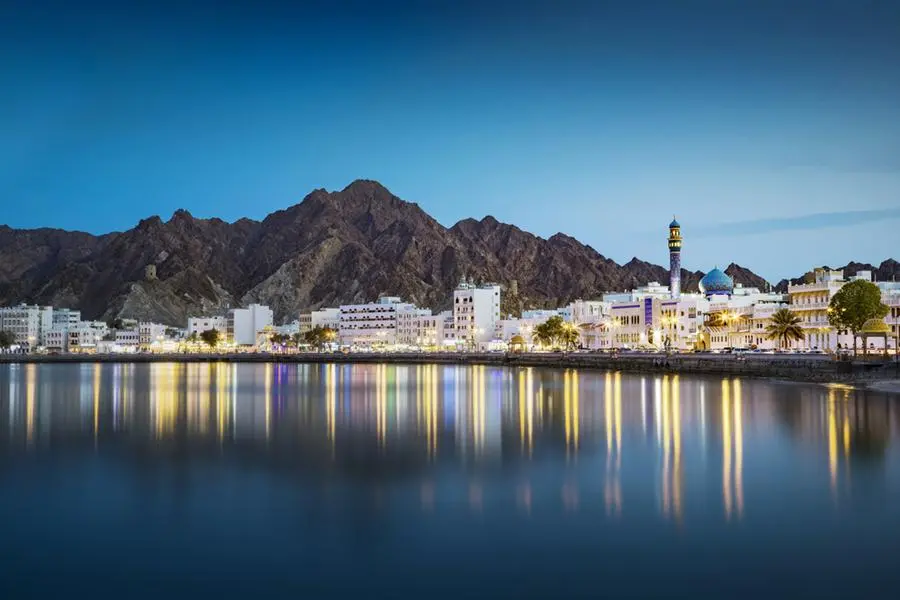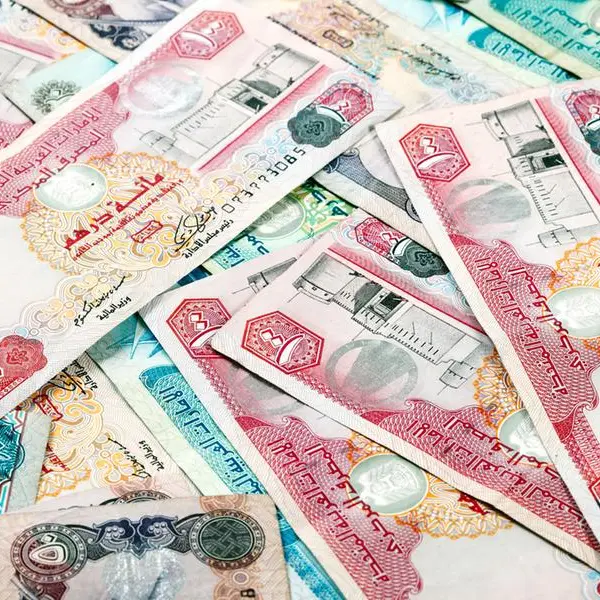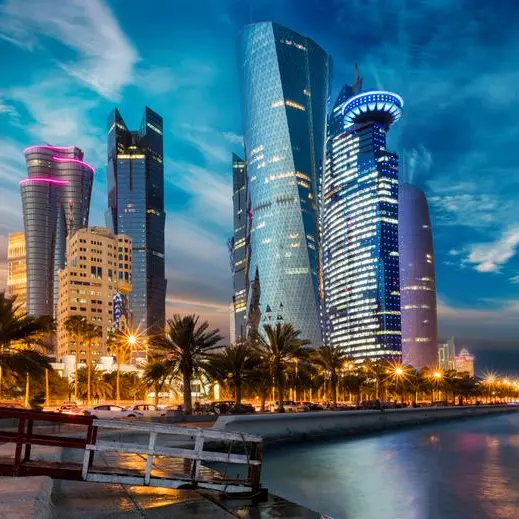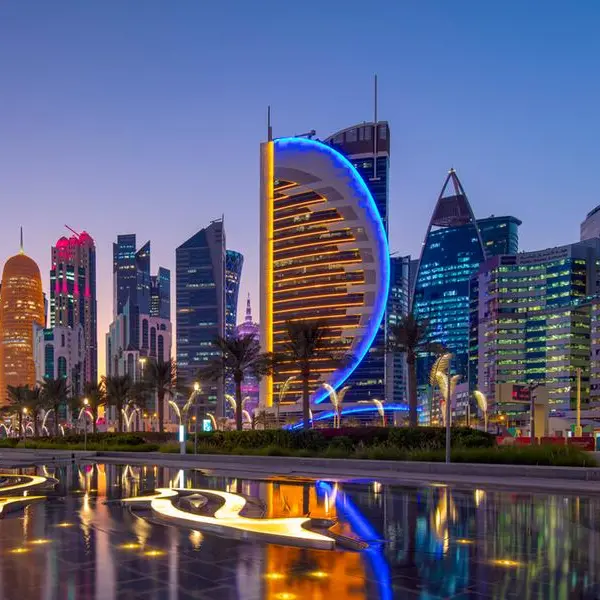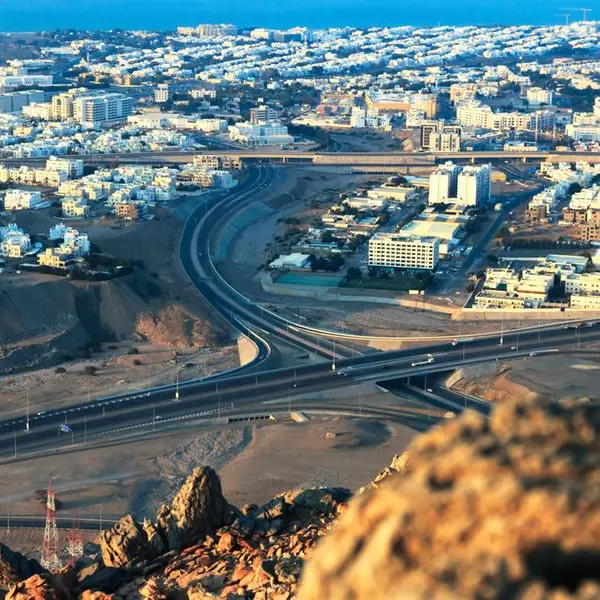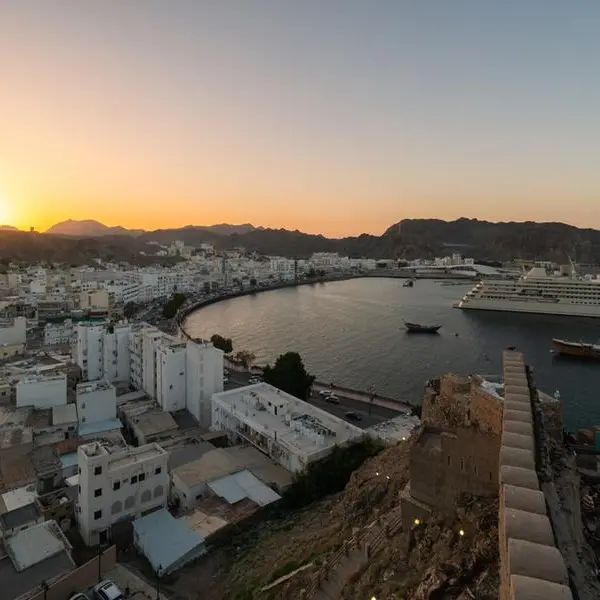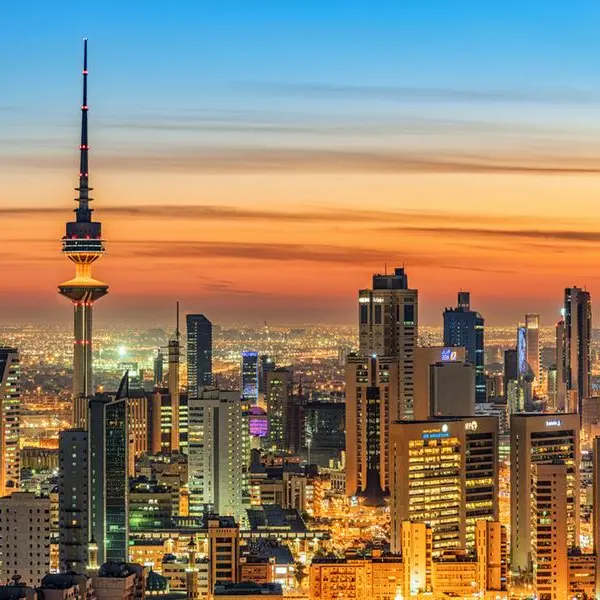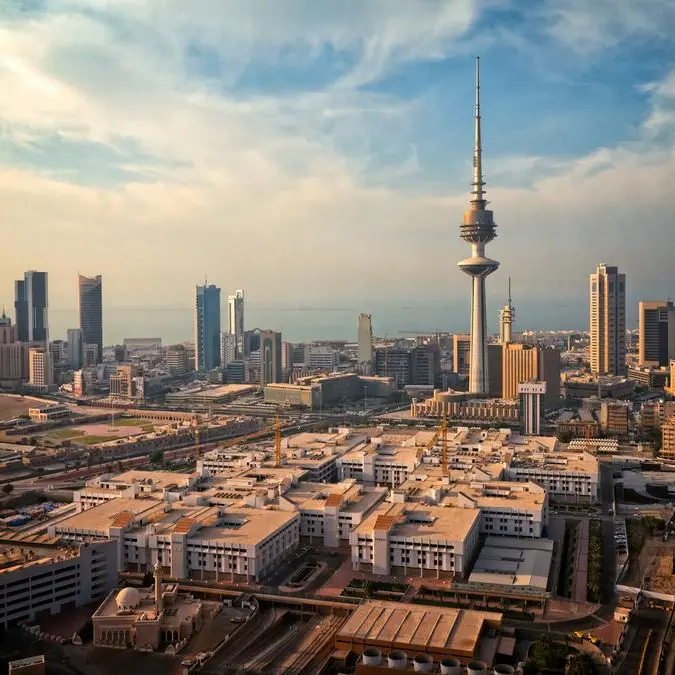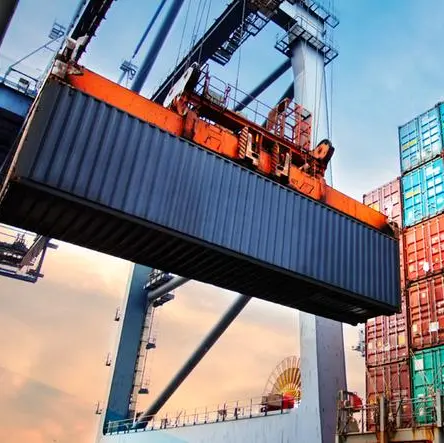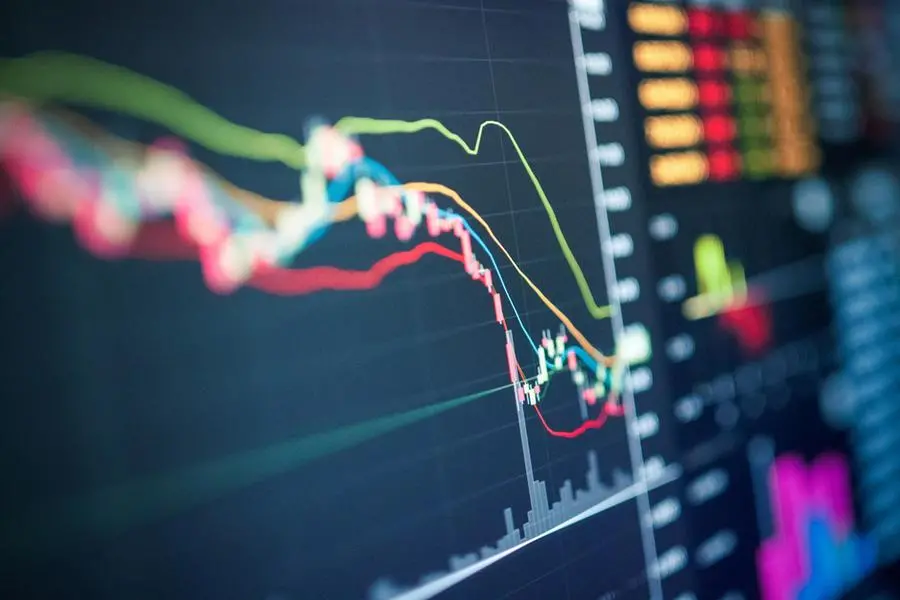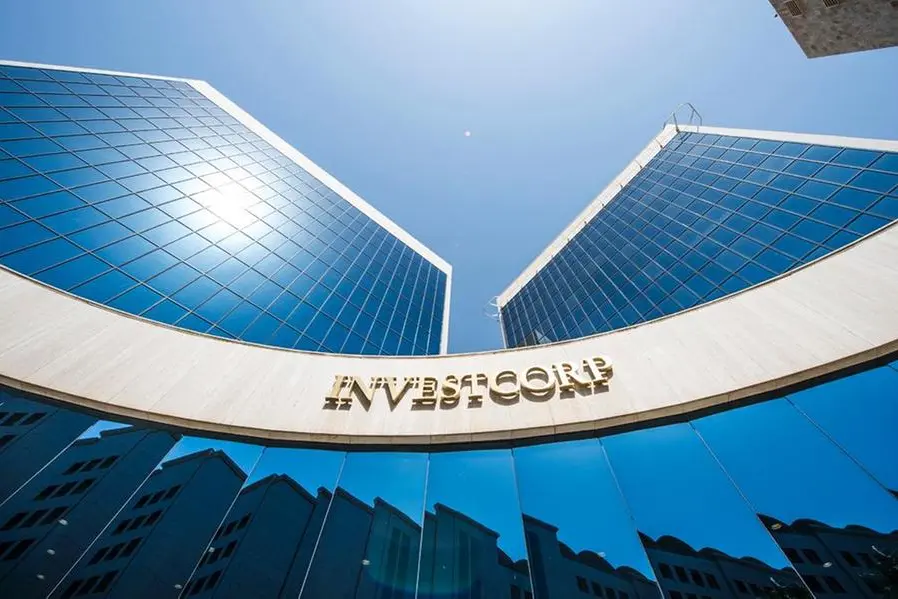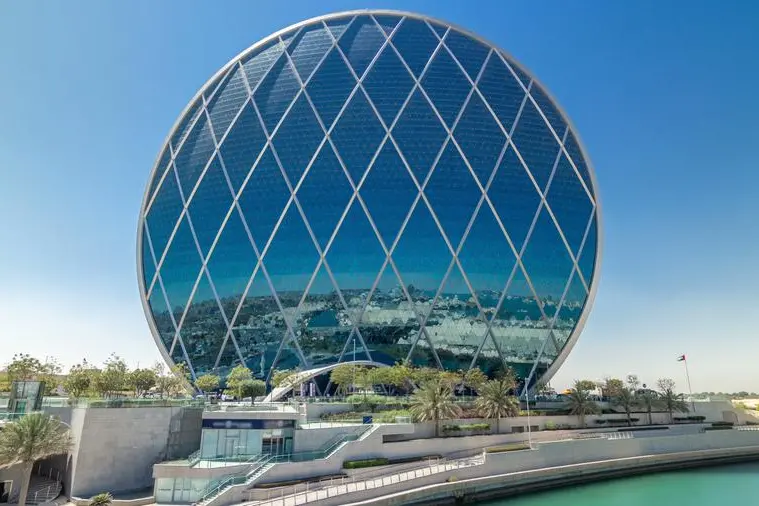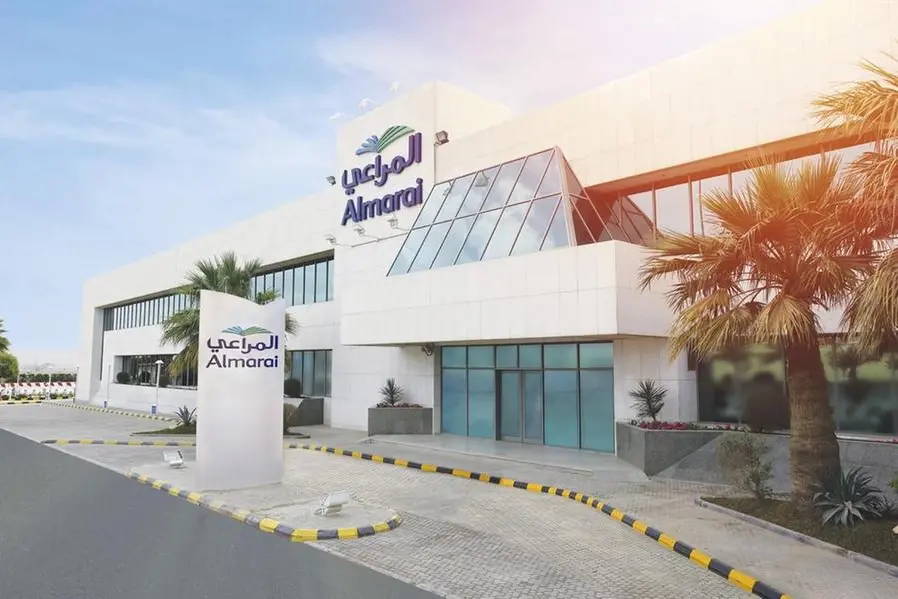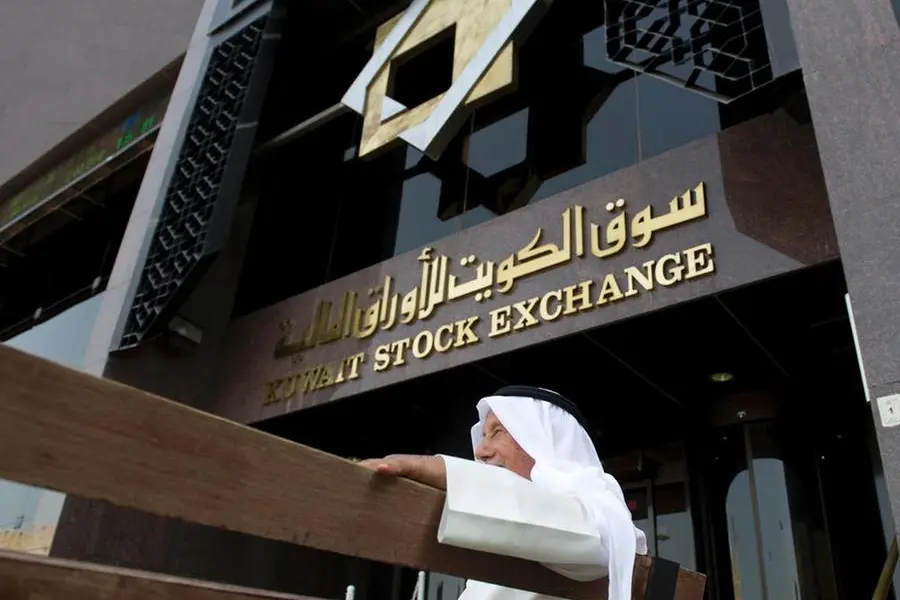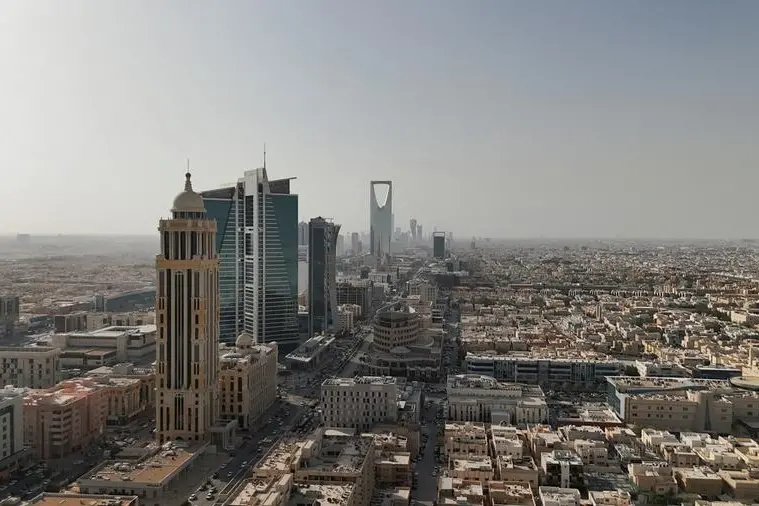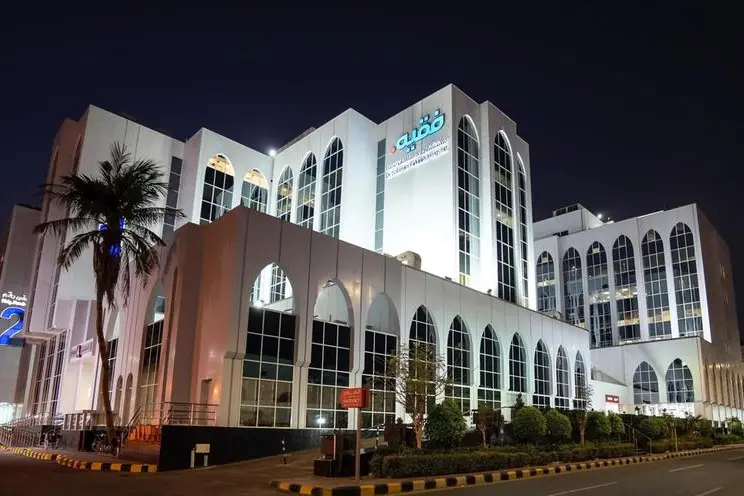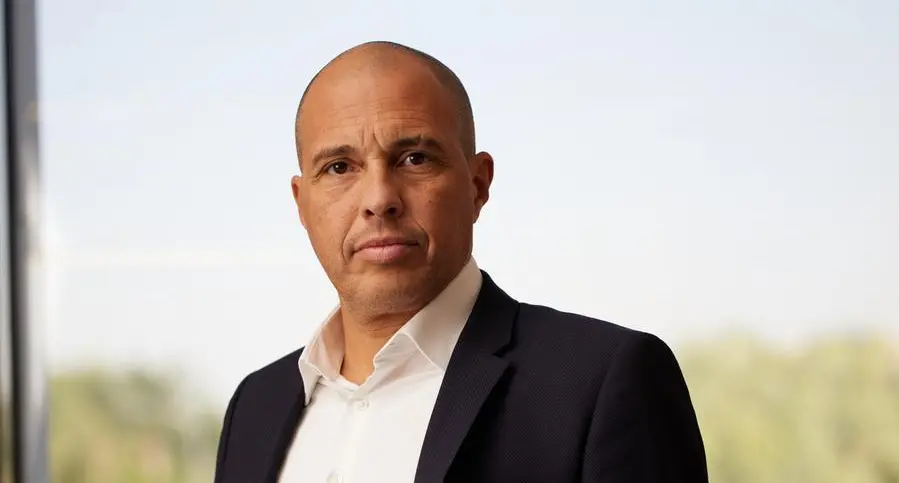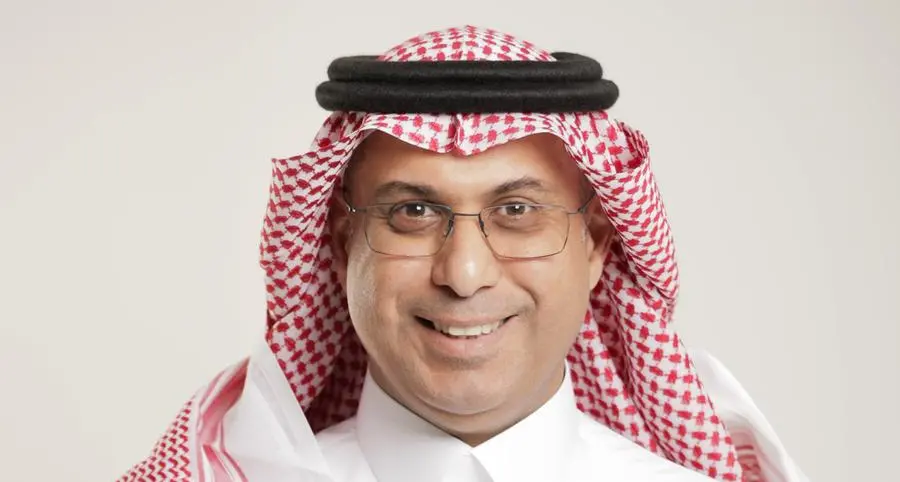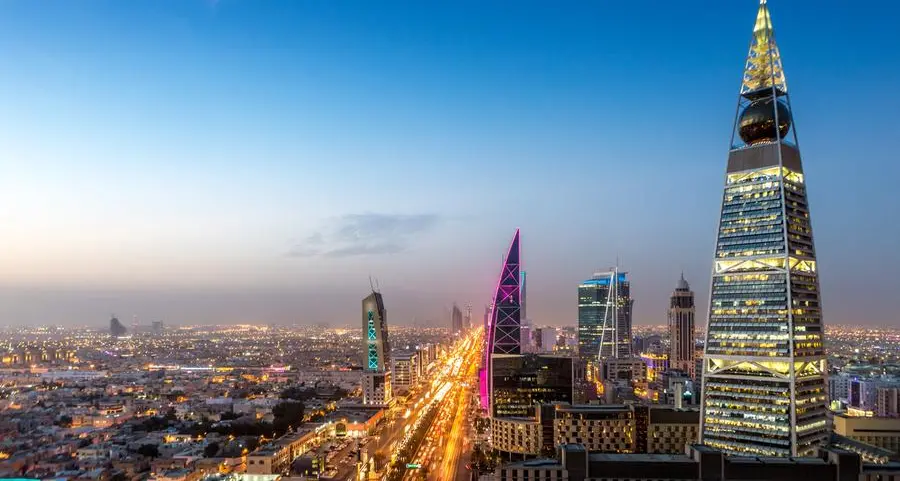PHOTO
At a pivotal moment in the history of the Arabian Gulf, a familiar question resurfaces with renewed urgency: will vision become reality? Driven by ambition, hope, and a shared longing, the Gulf finds itself once again contemplating a historic leap—has the time come for full economic union? Against a backdrop of geopolitical turbulence and accelerating regional shifts, the Gulf Cooperation Council (GCC) has a rare opportunity to reimagine its collaborative framework through a bold economic union—one that aligns with the demands of a transforming global landscape.
Economic integration is no longer a ceremonial ambition or a rhetorical gesture; it is a strategic necessity, demanded by evolving realities and fuelled by emerging opportunities. The Gulf remains uniquely positioned to foster border-transcending integration projects capable of generating collective gains.
This optimism is not unfounded. It rests upon a solid institutional foundation that has withstood the tests of four decades—demonstrating resilience, cohesion, and the readiness to evolve from procedural cooperation to strategic integration. The GCC has proven to be far more than a coordination platform; it is a stabilising force that has unified stances and managed internal divergences during defining moments. Today, the pillars of economic union are more mature than ever—poised to move from rhetoric to execution, provided there is collective will and decisive leadership.
First: The GCC member states share a remarkably homogenous social, cultural, political, and economic fabric grounded in a sense of shared destiny. This collective identity offers any integration initiative both emotional legitimacy and practical viability for swift implementation.
Second: While economic capacities vary, the diversity of resources and strengths represents an untapped strategic advantage. When harnessed through well-designed projects, this diversity can yield high returns, elevate value chains, and create a ripple of sustainable and supportive economic opportunities across the region.
Third: The legal and regulatory frameworks across the GCC are already closely aligned—paving the way for coordinated policy-making and harmonised standards. This alignment lays the groundwork for a unified and competitive Gulf investment environment backed by a shared legal structure.
Fourth: It is no secret that Gulf energy exports continue to rely heavily on the Strait of Hormuz—one of the world’s most congested and geopolitically sensitive maritime corridors. This reality places the stability of oil and gas flows in constant jeopardy amid any regional disruption.
Fifth: In this context, Oman’s Port of Duqm is emerging as a pivotal logistics hub at the crossroads of Gulf energy interests and supply chains. Free from chokepoints and directly connected to global trade routes, Duqm offers a strategic platform for regional economic security and long-term integration.
The way forward does not require reinventing the foundation—it requires activating what already exists, deploying underutilised tools, and channelling differences towards a unifying goal that reflects the aspirations of the region’s people rather than the divergences of its systems. The groundwork is laid, the experience is deep, and the political will is visibly coalescing.
There is no doubt that the region’s leadership, with strategic foresight, recognises the significance of this historical juncture. What was once an elusive dream on the margins of possibility now stands as an overdue imperative—a chance to build a cohesive Gulf future, safeguarded by sovereignty, enabled by partnership, and endorsed by its people.
2022 © All right reserved for Oman Establishment for Press, Publication and Advertising (OEPPA) Provided by SyndiGate Media Inc. (Syndigate.info).
